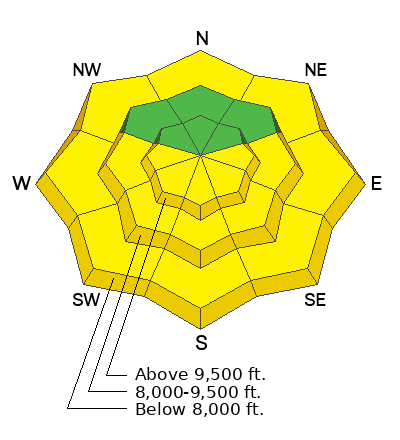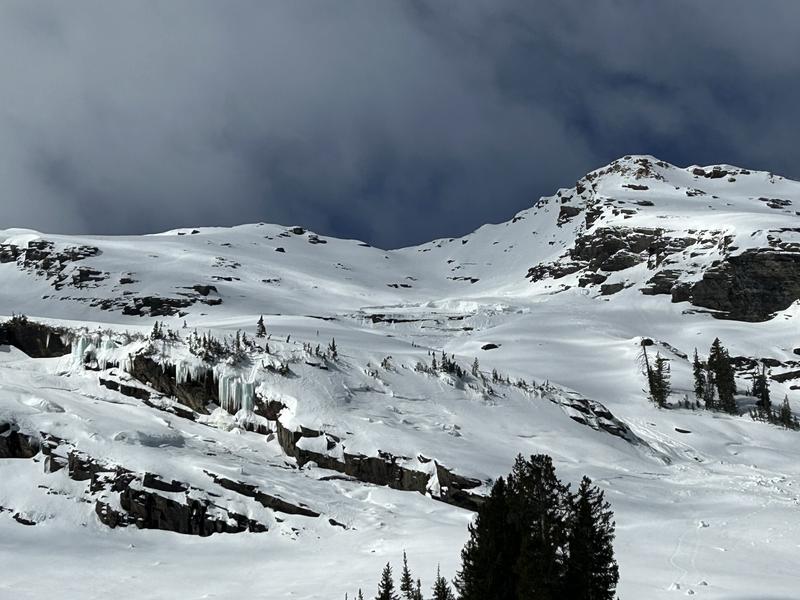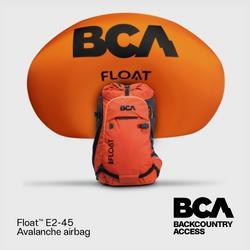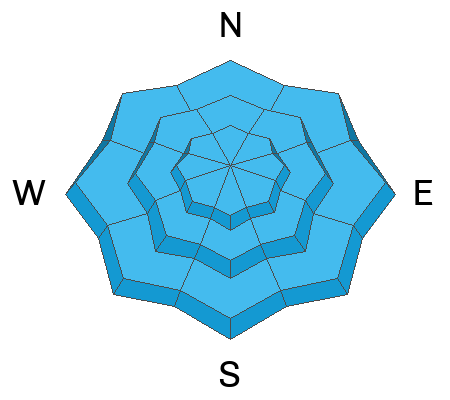Forecast for the Salt Lake Area Mountains

Issued by Trent Meisenheimer on
Saturday morning, April 13, 2024
Saturday morning, April 13, 2024
The overall avalanche danger is LOW this morning but quickly rises to MODERATE on steep aspects facing east, south, and west for Wet Snow. Avalanche activity may involve loose-wet snow avalanches and larger wet slabs. Both natural and human-triggered cornice falls are possible.
Timing is everything - move off of and out from under steep slopes once the snow becomes wet and unsupportable.

Low
Moderate
Considerable
High
Extreme
Learn how to read the forecast here






